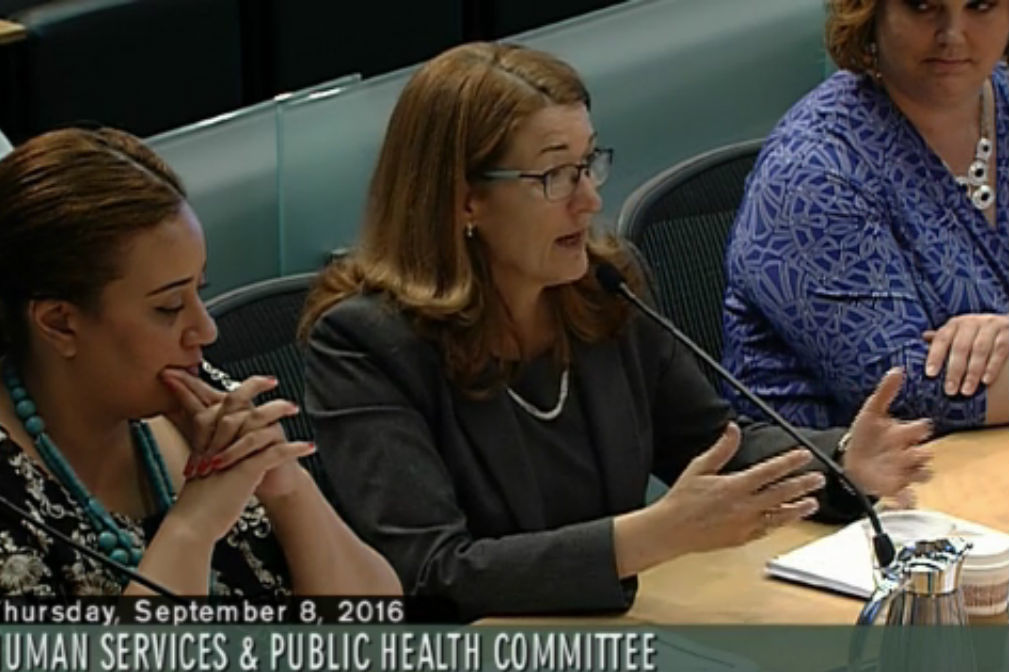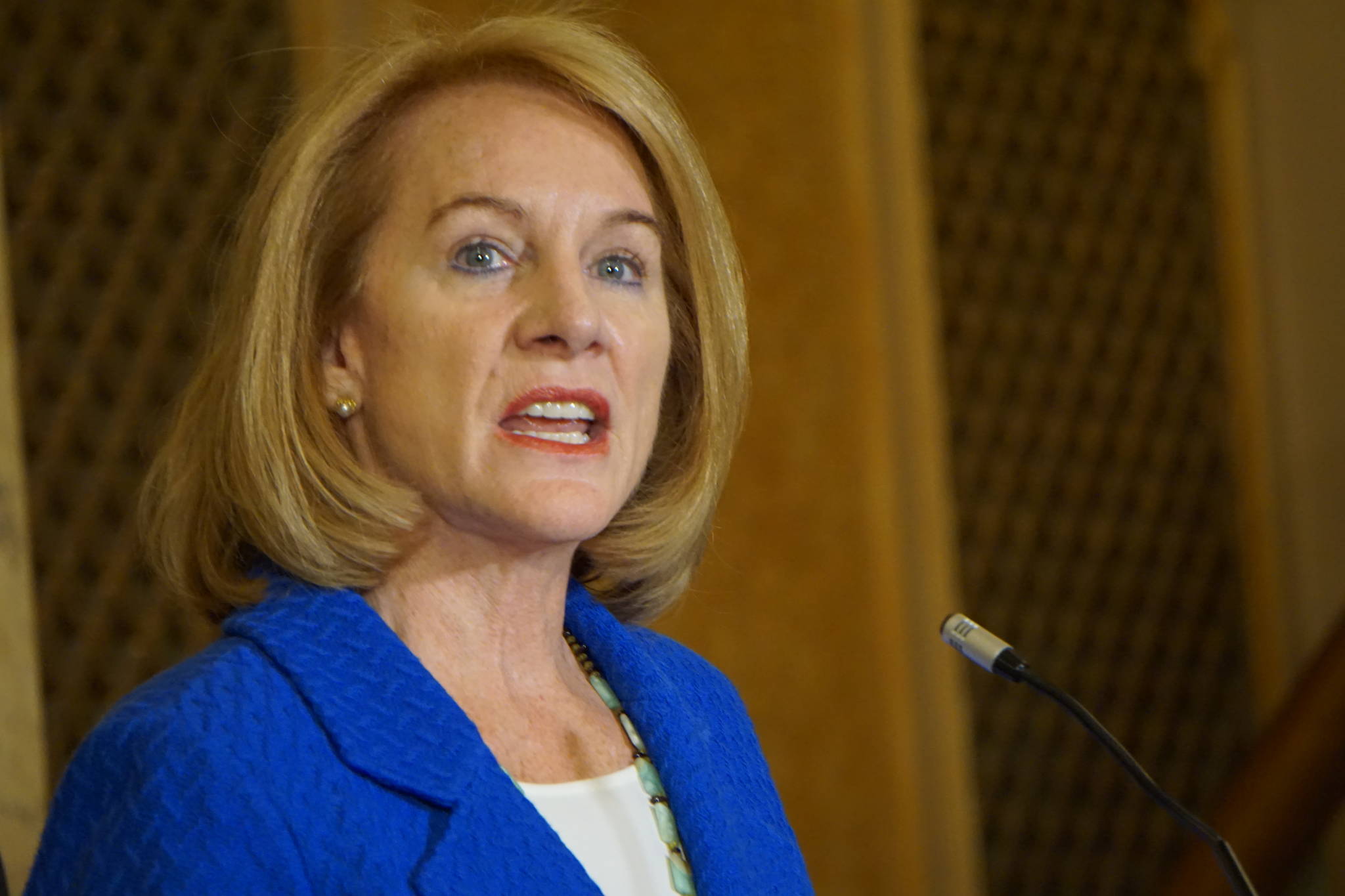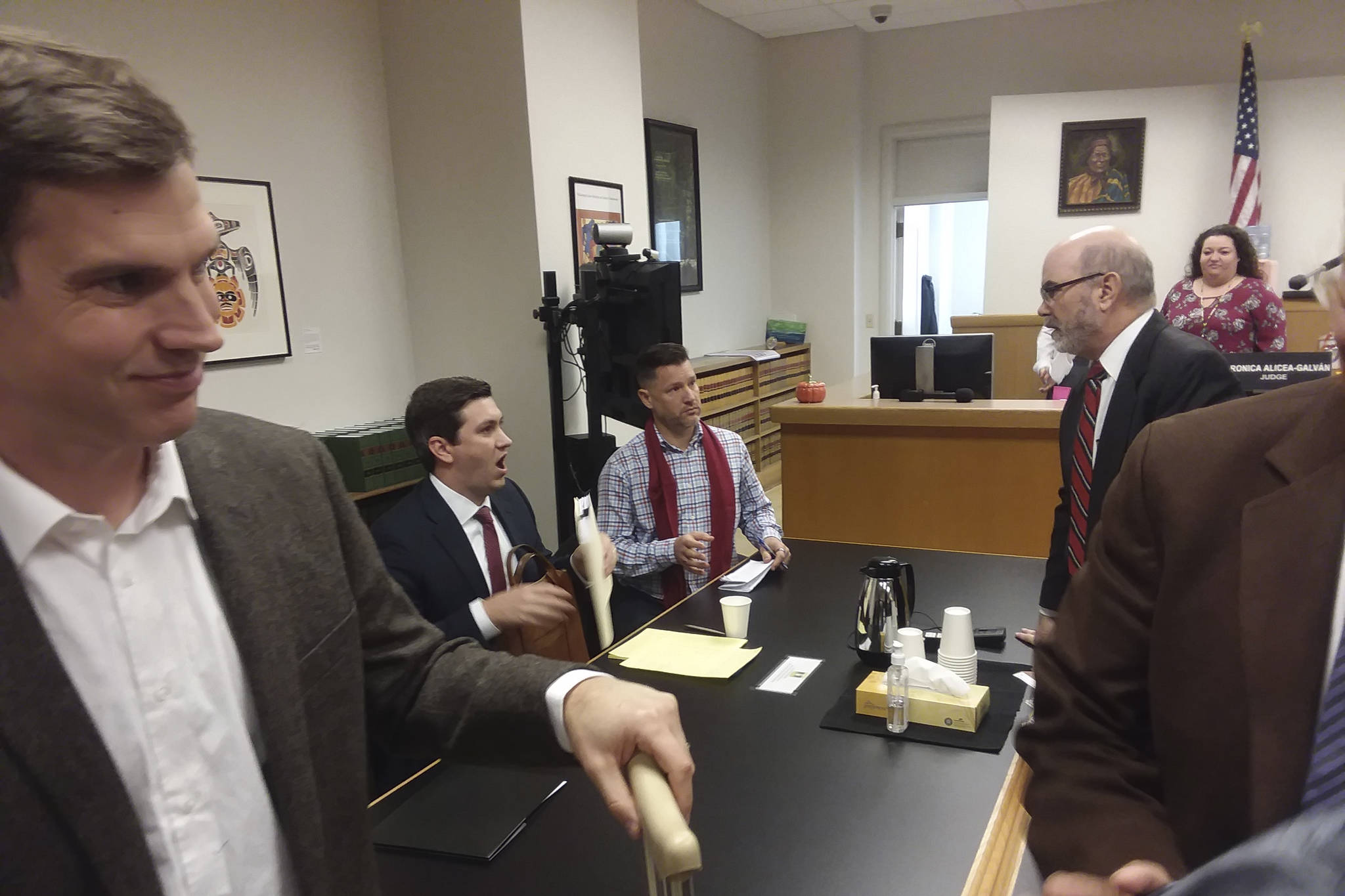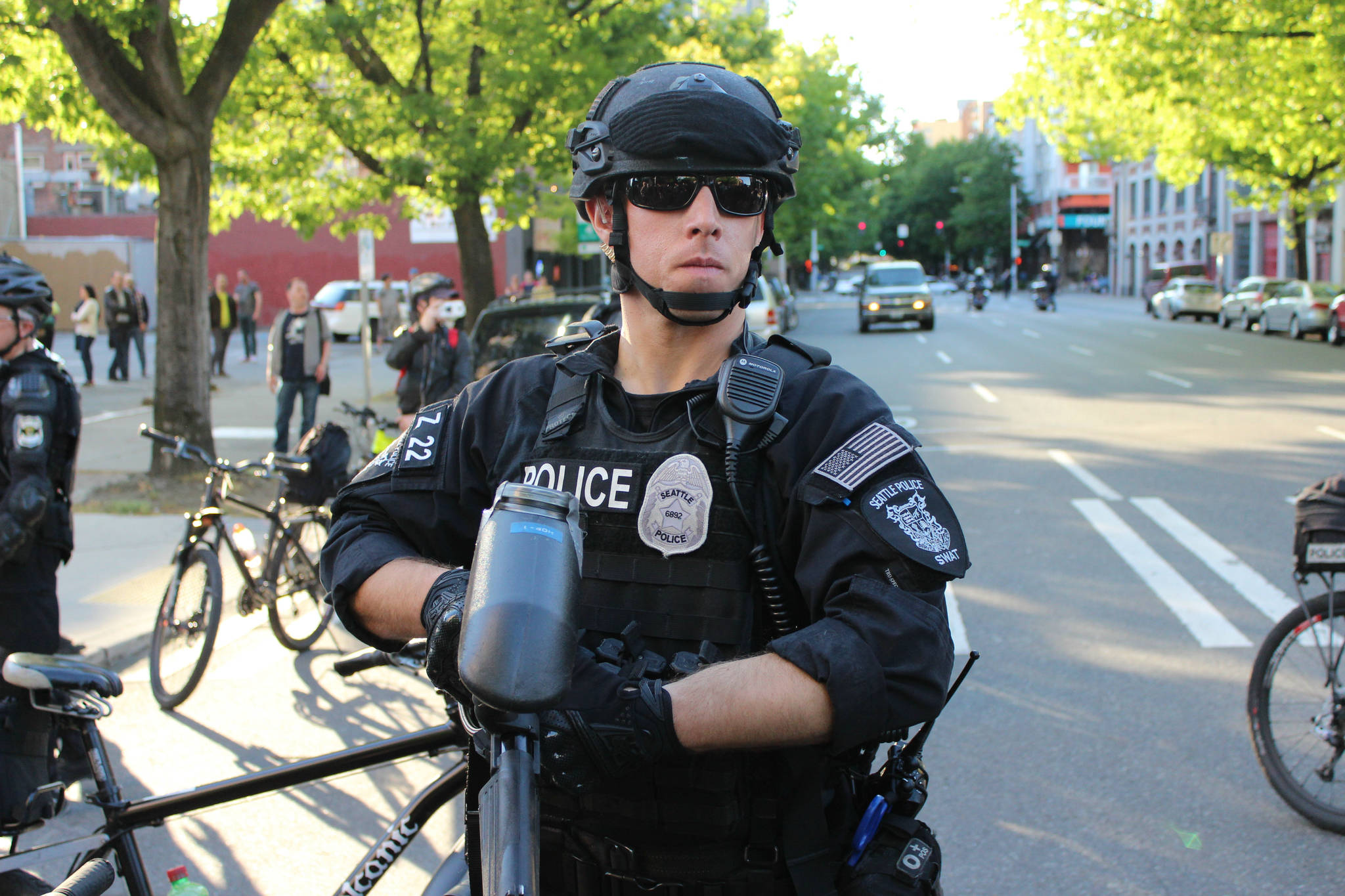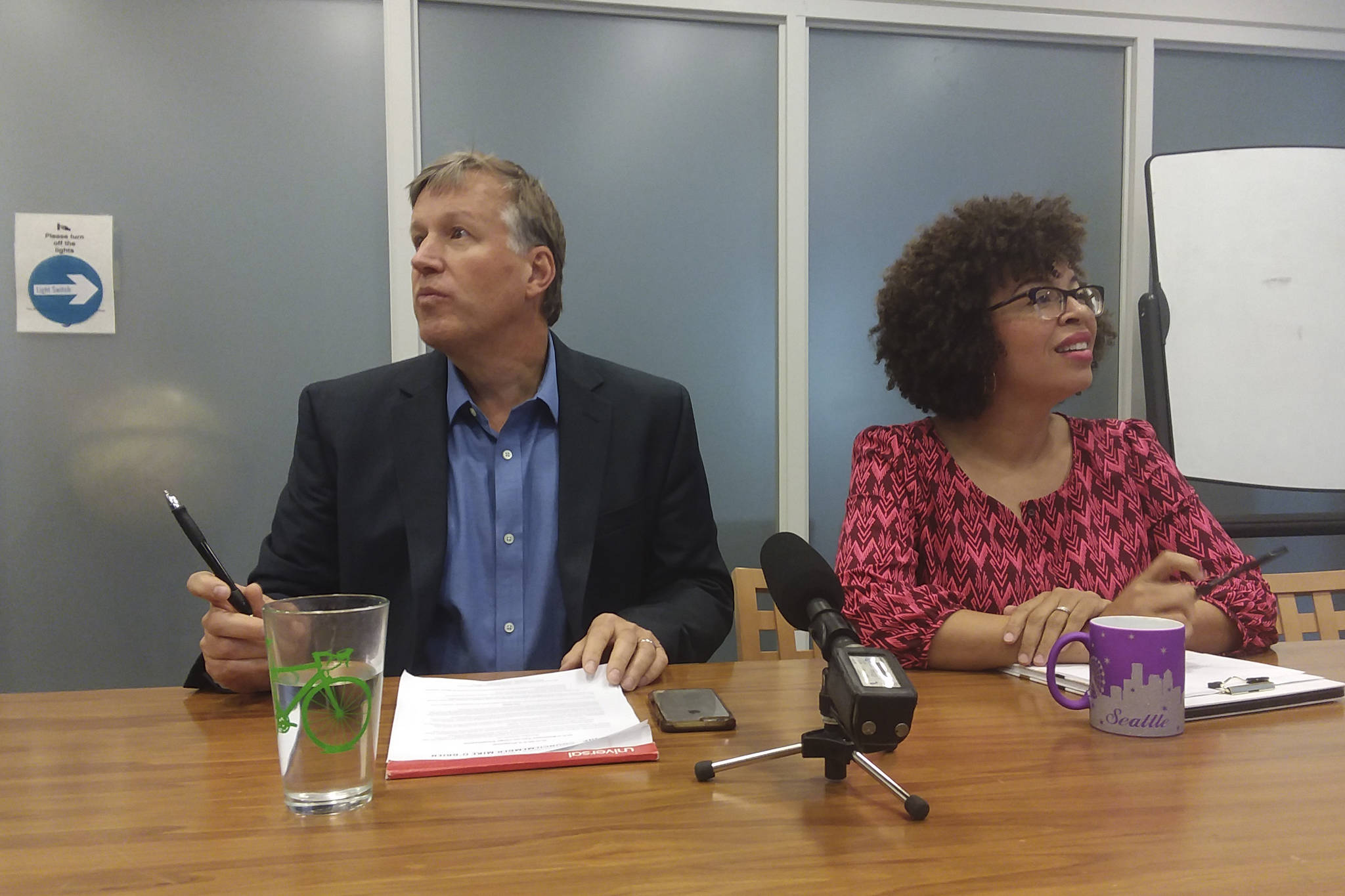Seattle can shelter all its homeless within a year, and end homelessness within five years, if we boldly and urgently get our act together.
That’s what mayoral consultant Barbara Poppe, former director of the U.S. Interagency Council on Homelessness (USICH), said yesterday when she presented a report to city council detailing her recommendations for how Seattle can address this decades-old problem. Those recommendations, detailed in her report between variations on the phrase “bold and urgent,” boiled down to building a live database of homeless needs and resources and rewarding human services projects competitively according to measurable achievements.
Her report relied on a second report, also contracted by Mayor Ed Murray and also bristling with repetitions of “bold and urgent.” Megan Kurteff Schatz of the Sacramento’s Focus Strategies said the company exclusively works on data solutions for local governments for homelessness.
Together, the reports say that Seattle and King County can shelter all people sleeping outside or in vehicles within a year. Part of the problem, they said, was that people who are not “literally homeless”—couchsurfers, people paying the rent in sex, etc.—often use emergency shelters. But the larger problem, the experts say, is that a core group of long-term homeless are clogging up shelter beds—people who’ve lived in emergency overnight shelters for years or even decades. Many members of this group, they said, are too high functioning to qualify for subsidized government housing, so they adapt to what’s available. Also, the longer someone is homeless, the more likely it is that they’ll remain homeless. By targeting outreach, services, and offers of housing to this core group, the experts said, we can unclog the “bottleneck” in emergency shelters, which can then be used to funnel people in short-term crisis into some kind of housing.
No homeless people were part of or heard by the round table of experts and officials that councilmember Sally Bagshaw had convened for the presentation. Bagshaw held public comment after the meeting’s business was over and most participants had left.
Mark Putnam, head of the county’s All Home agency, was at the table. He said that “people that may be doubled up or couchsurfing or have just become homeless…need housing just as much. But if we want to see a decrease in the huge numbers of people that are living in encampments and living outside, we need to focuse both our shelter beds and our housing resources on people that have been homeless the longest.”
“We need affordable housing,” he added, as well as other functional core services like mental health care. “If we had that, if we fixed that problem at a system level, we wouldn’t have the rates of homelessness that we have.”
Homeless advocates and members of the council were skeptical of the claim that our local homeless shelter system, which by all accounts is constantly at or near capacity, can squirt all homeless King Countians into housing or long-term shelter within a single year. Following Poppe’s presentation, councilmember Lisa Herbold said, “I’m struggling with the statement that there’s existing capacity” in the existing shelter system, a claim that seems to fly in the face of palpable reality. Schatz replied that this assumes shelters will begin to quickly move people back into housing.
Real Change’s Tim Harris was bolder. He’s “deeply skeptical” about the one year idea and said the reports “vastly over-promise” deliverables. “They’re deluded if they think they can get increased efficiency [alone] to deliver” that, he said. “There’s only so much blood you can squeeze from a stone.” Because the reports rule issues such as wealth inequality or mass incarceration out-of-bounds, Harris says, they contain “more USICH pieties about how to deal with homelessness, without making any systemic changes.”
Lisa Daugaard of the Public Defender Association—who with Harris was a cosigner of a new legislative proposal to all but end encampment evictions—had a more measured reaction, saying the reports contain “several welcome conclusions” such as reaffirming the importance of barriers to housing. Yet they also miss a big chunk of the picture, she said. In particular, she noted, the Poppe report omitted mention of safe drug sites. If the city wants to successfully move a population with a relatively high rate of drug use into long-term shelter or housing, Daugaard pointed out, those people need somewhere they are legally allowed to get high. So far, there’s nowhere in the city or county allowing that to happen.
“For some,” Putnam concluded, “the answer [to the existence of homeless people] is get them out sight. But people who live in reality realize that we need to address why they’re in that situation, as opposed to just trying to avert our gaze.”
UPDATE: The Seattle Housing And Resource Effort (SHARE), which recently ended its half-year occupation of the King County Administrative Building after winning more funding, sent us their response to Poppe’s recommendations. It reads in part: “While it would be fantastic if more affordable housing units were built, homeless people need shelter now while waiting for those thousands of necessary units to be built.
“Without shelter people die and therefore emergency shelter is just as important as affordable housing.”
